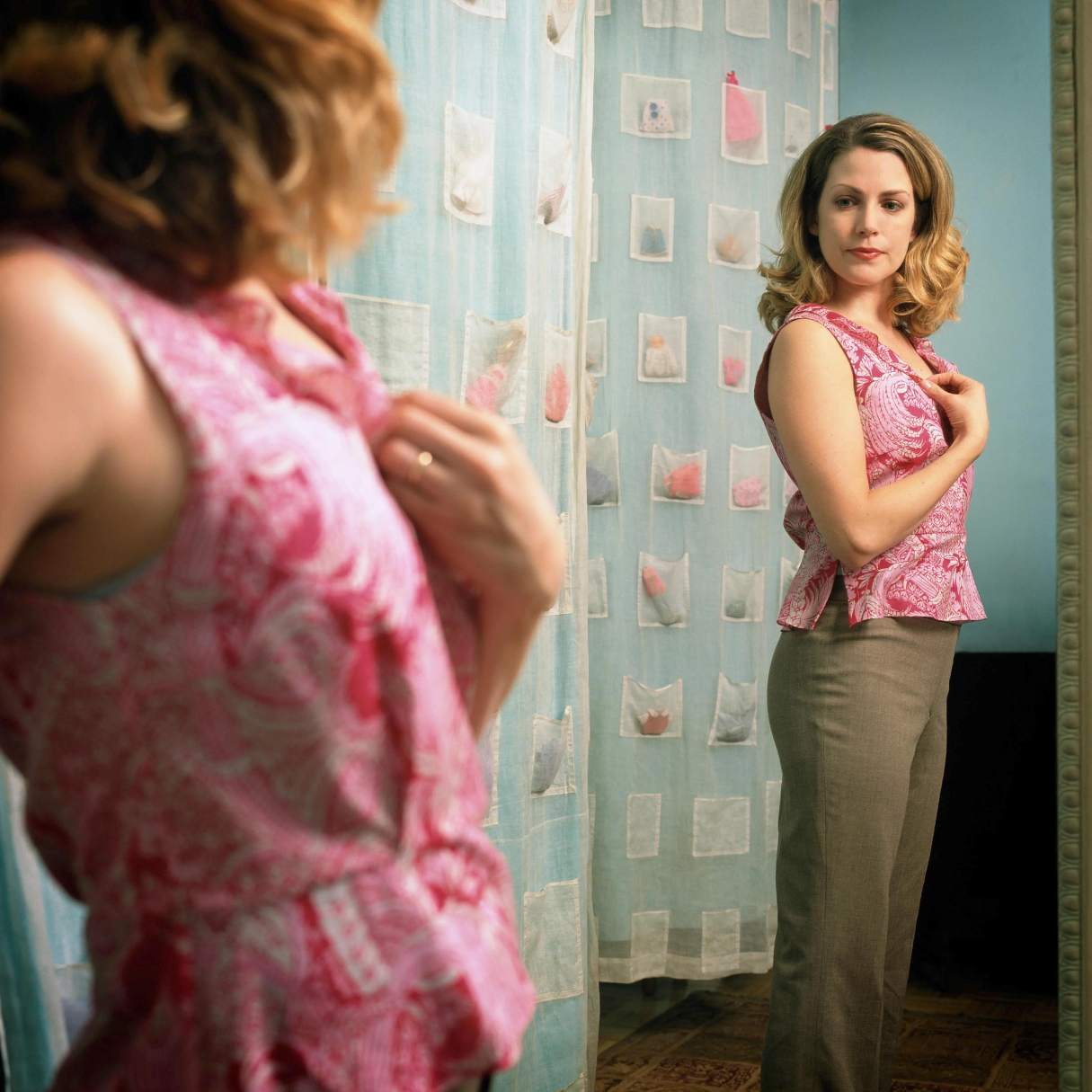

Articles
Why Do I Look Fat In Some Mirrors
Modified: May 6, 2024
Discover why some mirrors can make you look fat in this informative article. Explore the factors that influence our perception of body image and mirror reflections.
(Many of the links in this article redirect to a specific reviewed product. Your purchase of these products through affiliate links helps to generate commission for Storables.com, at no extra cost. Learn more)
Introduction
Have you ever stood in front of a mirror, only to feel disappointed and self-conscious about your appearance? It’s a common experience that many people can relate to. The phenomenon of looking fat in certain mirrors is a perplexing one, leaving us questioning our body image and the accuracy of our reflections.
But before we dive into the reasons behind this optical illusion, let’s first understand the nature of mirrors and how they reflect our bodies.
Mirrors are composed of a flat, smooth surface that reflects light. When light rays hit this surface, they bounce back at the same angle, creating an image of ourselves that we perceive as a reflection. This reflection is essentially a mirror image of our physical appearance.
Now that we’re familiar with the basics of mirrors and reflections, let’s explore the various factors that can contribute to the perception of looking fat in certain mirrors.
Key Takeaways:
- Mirrors, lighting, and psychological factors all contribute to our perception of body image. Understanding these elements can help us navigate our reflections with confidence and self-acceptance.
- Clothing choices, self-care, and positive influences play a significant role in fostering a positive body image. Embracing our uniqueness and challenging negative self-talk are essential for self-love and acceptance.
Understanding Mirrors and Reflections
To fully comprehend why we might appear fat in some mirrors, it’s essential to grasp the concept of reflections and how they behave.
Firstly, the angle at which we view ourselves plays a crucial role. Mirrors reflect light in a straight line, but the angle at which we stand and position ourselves can alter the way we perceive our bodies. If we stand at an angle or too close to the mirror, it can distort the reflection and create a larger appearance.
The type of mirror can also affect our perception. Some mirrors, particularly those with a convex shape, can distort the image, making us appear wider or disproportional. On the other hand, mirrors with a concave shape can have the opposite effect, creating a slimming illusion. Additionally, the quality and smoothness of the mirror’s surface can impact how accurate the reflection appears.
Furthermore, the size of the mirror can influence our perception of our appearance. Larger mirrors tend to provide a more accurate reflection, while smaller mirrors may not capture our entire body, leading to a distorted view.
It’s important to note that not all mirrors are created equal. Mirrors in different locations or establishments may vary in terms of quality, age, and maintenance. Some may be intentionally designed to make people appear more attractive, while others may have unfortunate imperfections that can affect our body image perception.
Now that we have a better understanding of mirrors and how they reflect our bodies, let’s delve into how lighting can also contribute to the way we perceive ourselves.
The Role of Lighting
Lighting plays a significant role in our perception of our bodies when looking in the mirror. The way light illuminates our bodies can create shadows and highlights that can emphasize certain areas and make us appear differently.
Harsh lighting, such as bright fluorescent lights, can cast unflattering shadows on our bodies, accentuating bulges and curves. This can make us perceive ourselves as larger or less toned than we actually are. Similarly, dim lighting can soften the contours of our bodies, creating a more flattering appearance.
Another factor to consider is the color temperature of the lighting. Warm lighting, like that found in incandescent bulbs, can give a softer and more flattering glow, while cool lighting, like that found in fluorescent or LED bulbs, can create a cooler and more stark appearance. The color temperature can affect the overall perception of our bodies in the mirror.
Additionally, the direction of the lighting can also impact our perception. Different angles of light can create different shadows and highlights on our bodies. For example, if the light is positioned above and in front of us, it can create a more sculpted and slimmer appearance. Conversely, if the light is positioned below or from the side, it can cast unflattering shadows and make us appear larger.
It’s essential to be mindful of the lighting conditions when assessing our body image in the mirror. Understanding how lighting can influence our perception allows us to take it into account and not be overly critical of ourselves.
Now that we have explored the role of lighting, let’s move on to the psychological factors that can contribute to the way we perceive ourselves in mirrors.
Body Image Perception
The way we perceive our bodies in mirrors is not solely determined by the physical characteristics of the mirror or the lighting conditions. Our body image perception is heavily influenced by our own thoughts, emotions, and self-esteem.
Many individuals have a distorted body image, meaning they perceive their bodies inaccurately compared to how others see them. This distortion can be influenced by a variety of factors, such as societal pressures, media influence, personal experiences, and mental health.
Social media, in particular, has played a significant role in shaping our perception of body image. The prevalence of curated and idealized images online can lead to unrealistic standards and comparisons. This can result in dissatisfaction with our own bodies, even when looking in an objectively accurate mirror.
Additionally, our own insecurities and negative self-talk can impact how we perceive ourselves in the mirror. If we have a tendency to focus on our perceived flaws rather than our positive attributes, we are more likely to view ourselves in a negative light.
Moreover, previous experiences or comments from others about our bodies can also influence our body image perception. Negative feedback or teasing can create a distorted view of ourselves, leading us to see ourselves as unattractive or larger than we truly are.
Mental health conditions, such as body dysmorphic disorder (BDD) or eating disorders, can further exacerbate body image distortion. These conditions can cause individuals to have a preoccupation with perceived flaws in their appearance, resulting in a distorted perception of their bodies.
It’s important to recognize the impact of psychological factors on our body image perception. Developing a healthy body image involves challenging negative self-talk, surrounding ourselves with positive influences, seeking support when needed, and practicing self-acceptance and self-compassion.
Now that we understand how psychological factors can influence our body image perception, let’s explore the potential effects of distorted mirrors on our perception of ourselves.
Distorted Mirror Effects
Distorted mirrors are notorious for their ability to alter our perception of ourselves. Whether intentionally designed for funhouse attractions or unintentionally flawed, these mirrors can create amusing or unsettling distortions of our bodies.
One common type of distorted mirror is the “funhouse mirror,” which intentionally distorts our reflections for entertainment purposes. These mirrors may elongate or compress certain body parts, creating a whimsical or exaggerated effect. While they can be amusing in the context of amusement parks or carnivals, they are not representative of our true appearances.
On the other hand, unintentionally distorted mirrors can be found in various places, including dressing rooms, clothing stores, or even in public restrooms. These mirrors may have imperfections or structural issues that cause the reflection to appear warped or disproportionate.
When we come across a distorted mirror, it can play tricks on our perception. It may make us appear wider, shorter, or have exaggerated curves. These visual distortions can lead to feelings of self-consciousness and dissatisfaction with our bodies.
It’s important to remember that distorted mirror effects are not a true reflection of our physical appearance. They are anomalies that can alter our perceptions temporarily. It’s crucial not to let these distorted reflections define our self-worth or body image.
Now that we understand the potential effects of distorted mirrors, let’s examine the psychological factors that can impact our body image perception and influence the way we dress and make fashion choices.
When evaluating your appearance in a mirror, consider the lighting and the angle of the mirror. Different lighting and angles can create distortions that may make you appear differently than you actually are.
Psychological Factors
Our perception of our bodies is greatly influenced by psychological factors. How we feel about ourselves, our self-esteem, and our overall mental well-being can impact the way we see ourselves in the mirror and make decisions about our appearance.
One important psychological factor is body dissatisfaction, which refers to the negative feelings and dissatisfaction we may have towards our bodies. This can stem from societal pressures, unrealistic beauty ideals, comparisons to others, and personal insecurities. When we view ourselves through this lens of dissatisfaction, it can distort our perception of our bodies, making us feel larger or less attractive than we truly are.
Social comparison is another psychological factor that can influence our body image. We tend to compare ourselves to others, particularly those who we perceive as more attractive or fit. This constant comparison can lead to a distorted perception of our own bodies, as we strive to attain the standards set by others.
Furthermore, body dysmorphia, a psychological disorder characterized by an excessive preoccupation with perceived flaws in appearance, can heavily impact our body image perception. Individuals with body dysmorphia may perceive their bodies as being significantly different or flawed, even when they are objectively in good shape. This distorted perception can lead to decreased self-esteem and body dissatisfaction.
Cognitive biases also play a role in shaping our body image perception. Confirmation bias, for example, can cause us to selectively focus on and interpret information that aligns with our negative self-perception. This can reinforce our negative body image and further distort our perception of ourselves in the mirror.
It’s important to be aware of these psychological factors and their influence on our body image perception. Developing a healthy mindset and practicing self-compassion can help combat negative thoughts and perceptions of our bodies.
Now that we understand the psychological factors at play, let’s explore how our clothing choices and fashion decisions can impact our perception of ourselves.
Clothing and Fashion Choices
Our clothing and fashion choices have a significant impact on how we perceive ourselves in the mirror. The style, fit, and colors of our clothing can greatly influence our body image and confidence.
Firstly, the style of clothing we choose can either enhance or detract from our perceived body shape. Different styles can create optical illusions that affect our body proportions. For example, wearing clothing with vertical stripes can create the illusion of a longer and slimmer silhouette, while horizontal stripes can add width and make us appear broader.
The fit of our clothes is also crucial in how we perceive ourselves. Wearing ill-fitting clothing that is too tight or too loose can distort our body proportions and make us feel self-conscious. It’s important to choose clothing that fits well and flatters our body shape, as this can boost our confidence and create a more positive body image.
Colors can also play a role in our perception of ourselves. Certain colors can create optical illusions and affect the appearance of our bodies. Darker colors tend to have a slimming effect, while brighter or lighter colors can draw attention to specific areas. Understanding how colors work with our body shape can help us make intentional fashion choices that flatter our appearance.
Moreover, our clothing choices can also influence our overall confidence level. Dressing in clothes that make us feel comfortable and express our personal style can boost our self-esteem and positively impact our body image. When we feel good about the way we look, it reflects in our perception of ourselves in the mirror.
It’s important to remember that fashion trends and societal standards should not dictate our clothing choices. Embracing our unique body shape and dressing in a way that makes us feel confident and comfortable is key to cultivating a positive body image.
Now that we’ve explored how clothing and fashion choices can impact our perception, let’s discuss some tips for fostering a positive body image.
Tips for Positive Body Image
Cultivating a positive body image is an ongoing journey that requires self-acceptance, self-care, and a shift in mindset. Here are some tips to help foster a positive body image:
- Practice self-love and self-acceptance: Embrace and honor your body as it is, recognizing that beauty comes in different shapes and sizes. Focus on your strengths and unique qualities rather than fixating on perceived flaws.
- Avoid comparing yourself to others: Remember that everyone’s body is different, and comparison only leads to dissatisfaction. Instead, focus on appreciating and celebrating your own individuality.
- Challenge negative self-talk: Replace negative thoughts about your body with positive affirmations. Be kind and compassionate towards yourself, cultivating a nurturing inner dialogue.
- Engage in self-care activities: Take care of your body by engaging in activities that make you feel good, such as exercising, eating nutritious foods, and getting enough rest. Prioritize your overall well-being over strict beauty standards.
- Surround yourself with positive influences: Surround yourself with people who celebrate diverse bodies and support body positivity. Follow social media accounts that promote body positivity and self-acceptance.
- Dress in a way that makes you feel confident: Wear clothes that make you feel comfortable and express your personal style. Choose styles and colors that flatter your body shape and make you feel confident and empowered.
- Limit exposure to unrealistic media images: Be mindful of the media you consume and recognize that many images are heavily edited and portray unrealistic standards of beauty. Instead, seek out media that showcases diverse bodies and promotes inclusivity.
- Focus on health, not just appearance: Shift your focus from solely being concerned about your appearance to prioritizing your overall health and well-being. Engage in activities that bring you joy and nourish your body and mind.
- Seek support if needed: If negative body image persists and impacts your daily life, consider seeking professional help. A therapist or counselor can provide guidance and support in developing a healthier body image.
Remember, developing a positive body image is a journey that takes time and effort. Be patient with yourself and celebrate every step towards self-acceptance and self-love.
Conclusion
The perception of looking fat in certain mirrors can be a complex and multifaceted issue. Factors such as the nature of mirrors and reflections, the role of lighting, and psychological influences all contribute to our perception of our bodies.
Understanding the optical properties of mirrors and the impact of lighting can help us decipher why we may sometimes see a distorted reflection. The psychological factors of body image perception, including societal pressures, personal insecurities, and comparisons to others, further shape our perception.
Add to that the potential effects of distorted mirrors and the significant role that our clothing and fashion choices play in how we see ourselves, and it becomes clear that body image perception is a delicate interplay of various elements.
However, by cultivating a positive body image, practicing self-love, embracing our uniqueness, and prioritizing overall well-being over rigid beauty standards, we can navigate our reflection with confidence and acceptance.
Remember, our bodies are diverse, beautiful, and constantly changing. It’s important to treat ourselves with kindness, celebrate our strengths, and challenge negative self-talk. Through these practices, we can appreciate and love our bodies for all that they are.
So, the next time you catch a glimpse of yourself in a mirror, remember that what you see is just a reflection—your true worth and beauty go far beyond the surface.
Embrace yourself, cherish your uniqueness, and let your radiant spirit shine, regardless of what any mirror may seem to say.
Now that you've unraveled the mystery behind those sometimes unflattering mirror reflections, why not consider upgrading your home with some stylish new options? If you're curious about the latest trends in home decor, our next article on amazing mirrors for 2024 offers a sneak peek into designs that can transform any room. These aren't just ordinary mirrors; each piece is a statement that reflects your unique style and enhances your space. Dive into our guide and find the perfect mirror that not only complements your decor but also ensures you always look your best.
Frequently Asked Questions about Why Do I Look Fat In Some Mirrors
Was this page helpful?
At Storables.com, we guarantee accurate and reliable information. Our content, validated by Expert Board Contributors, is crafted following stringent Editorial Policies. We're committed to providing you with well-researched, expert-backed insights for all your informational needs.
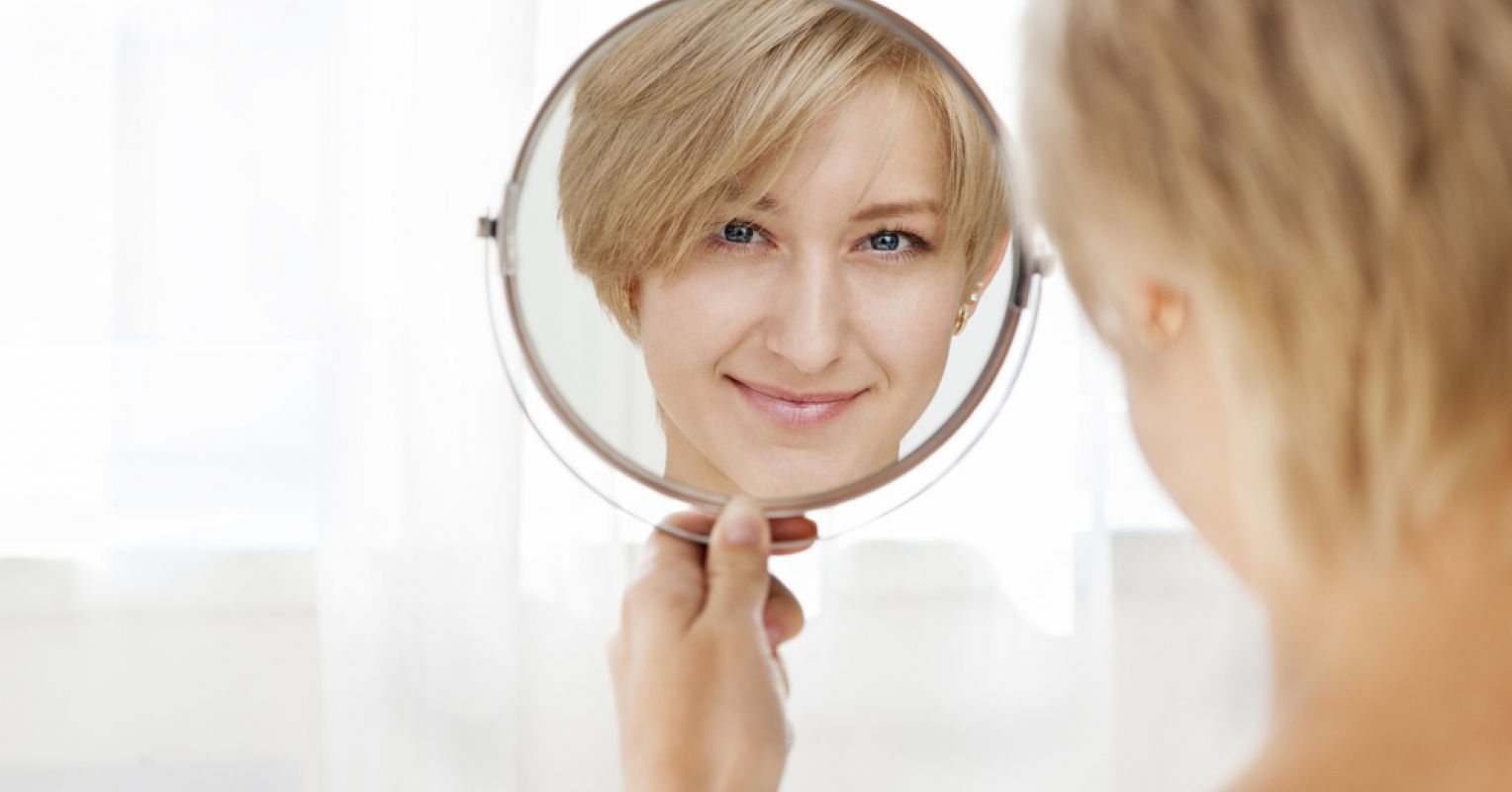
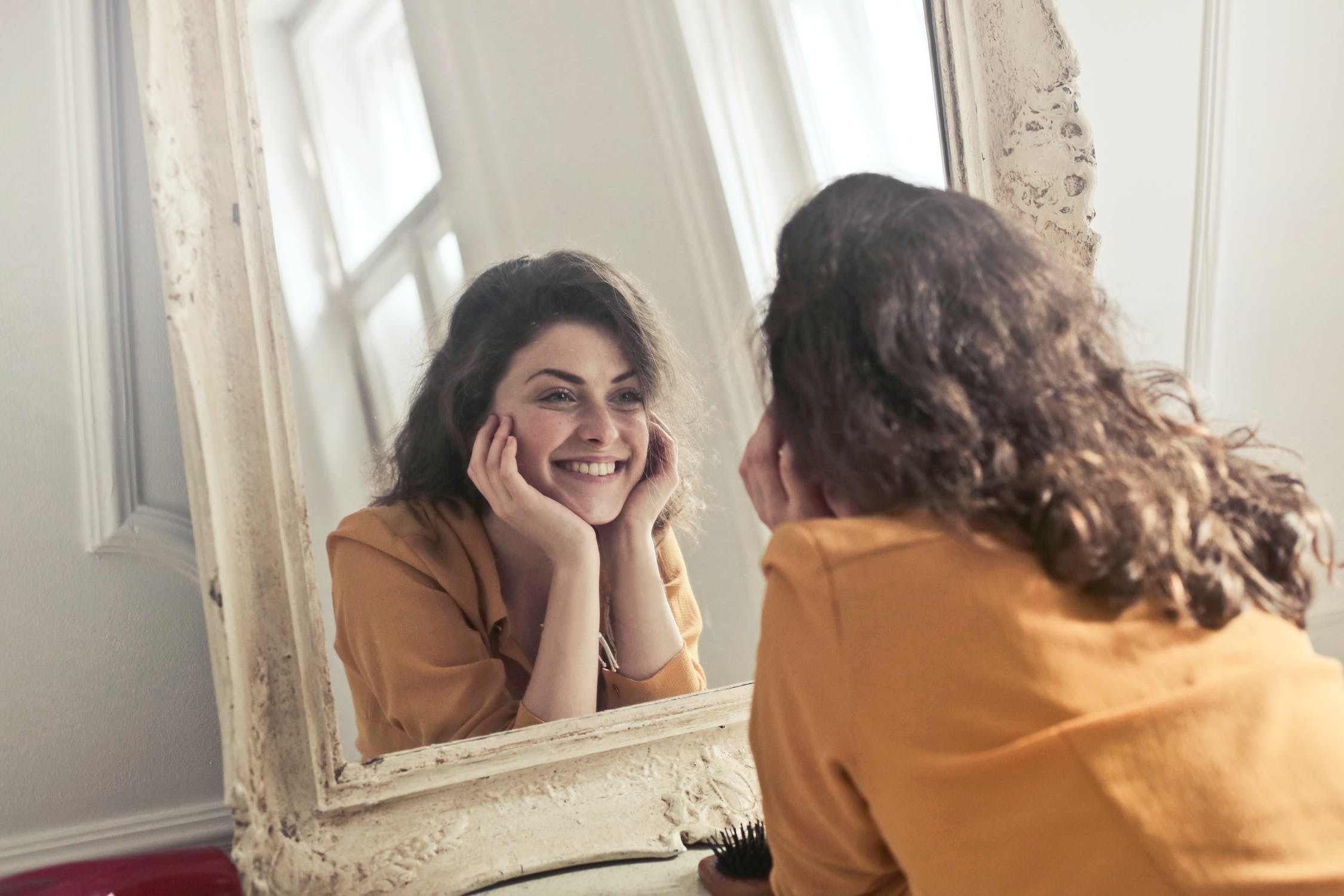
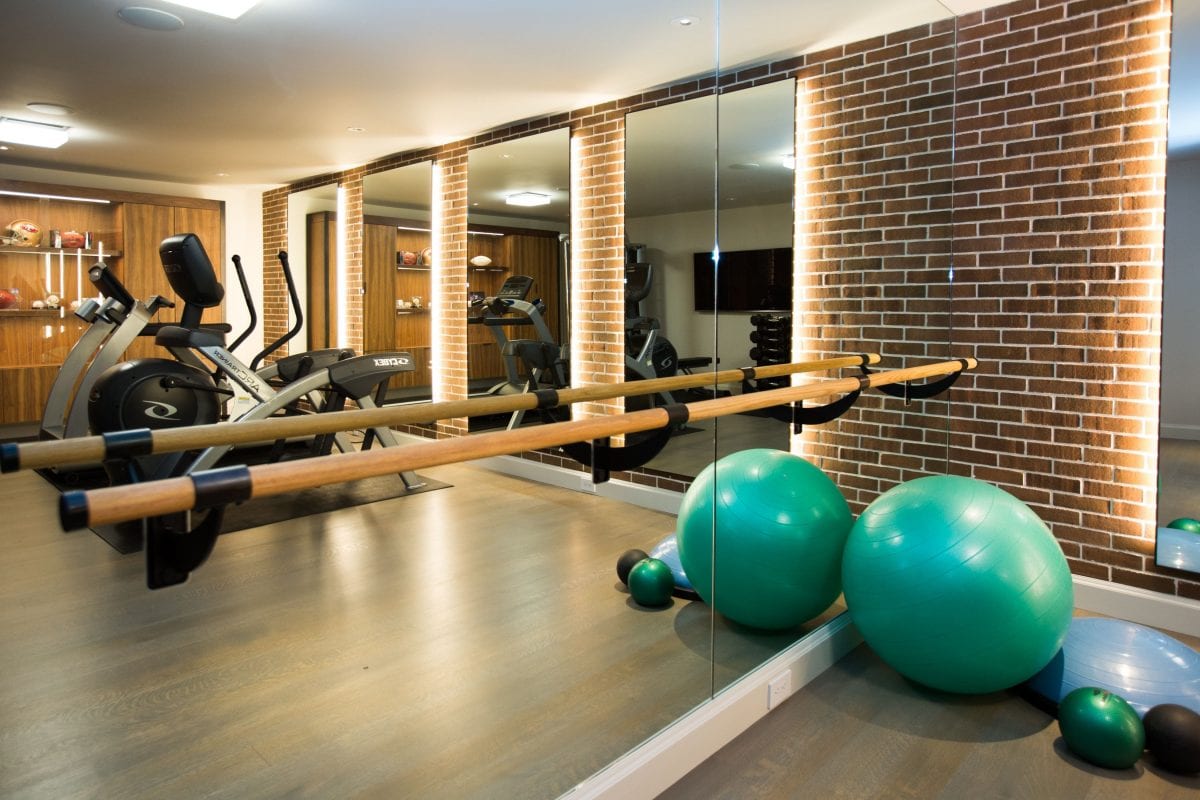
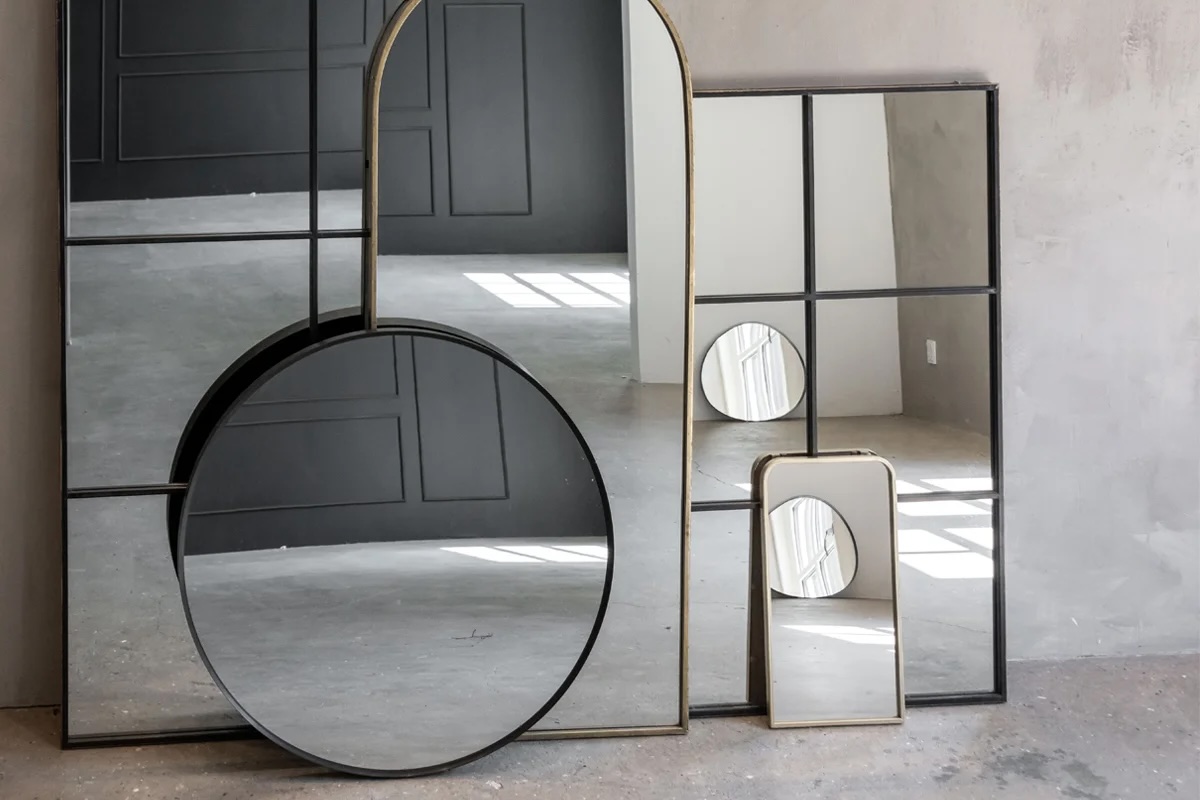
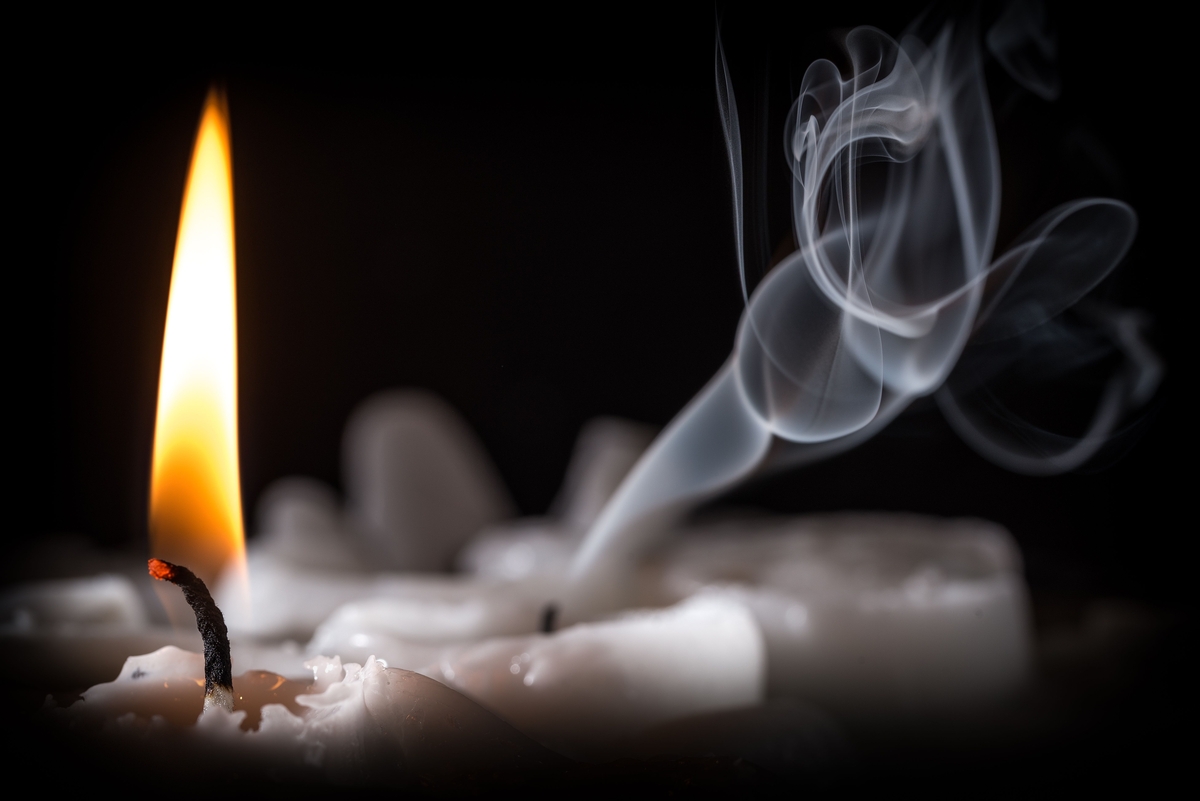
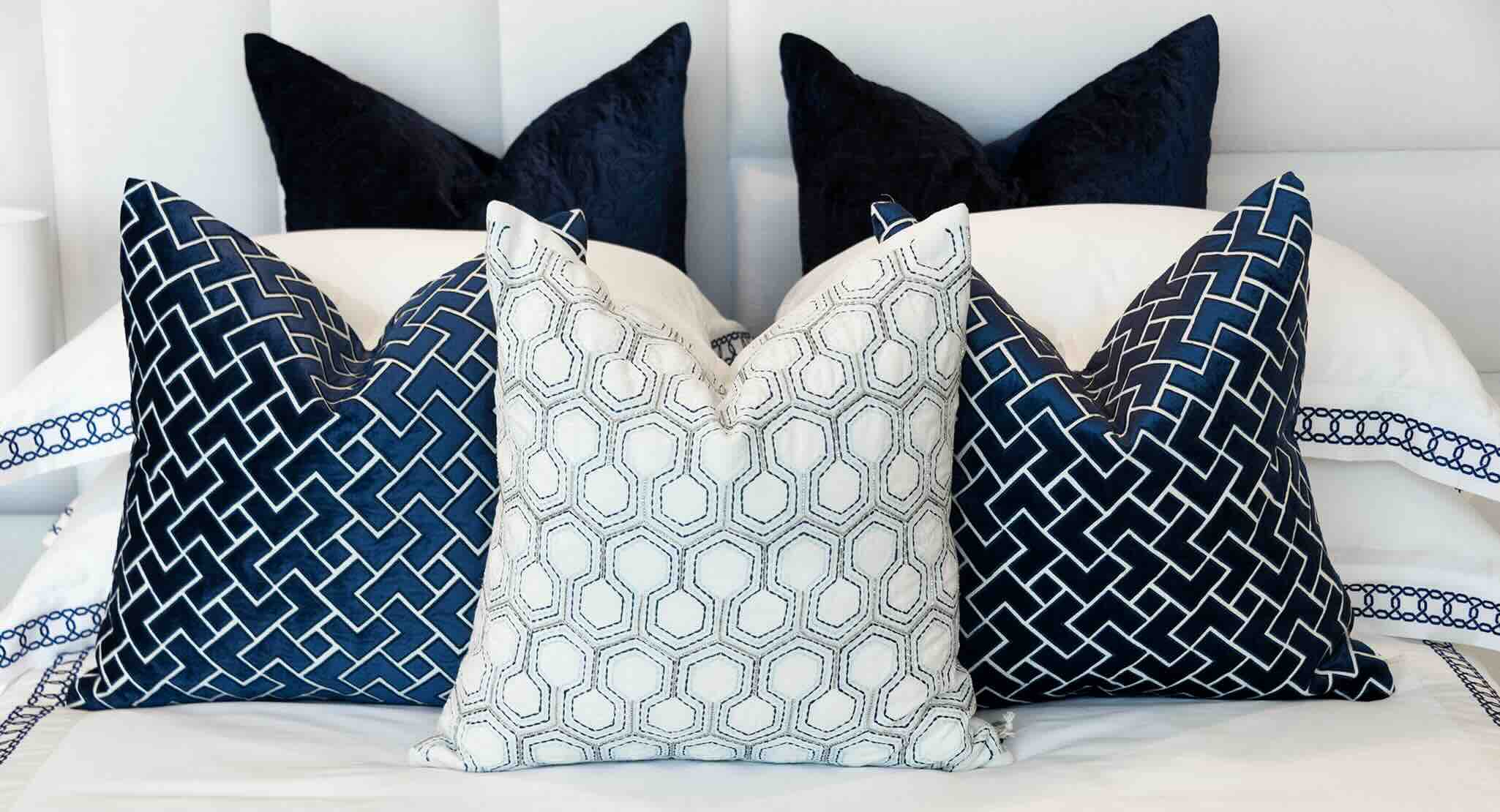
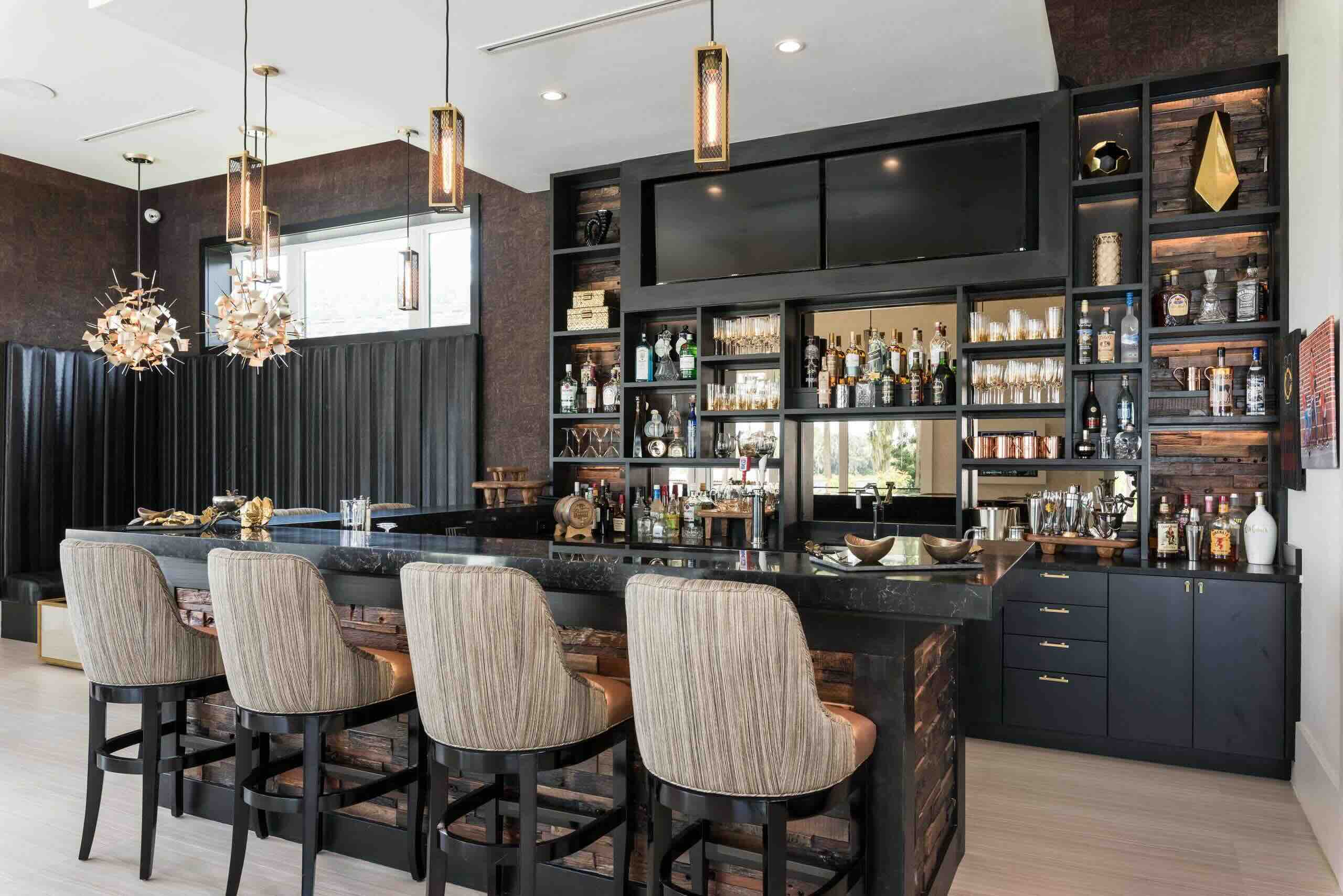
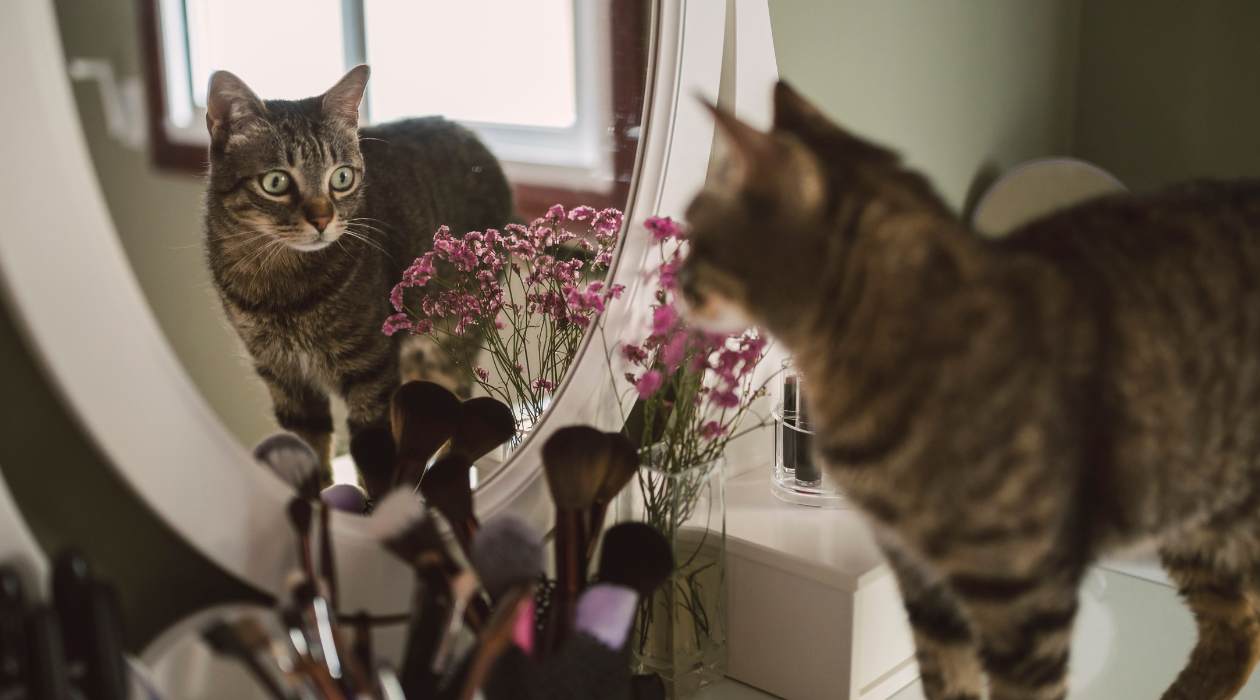

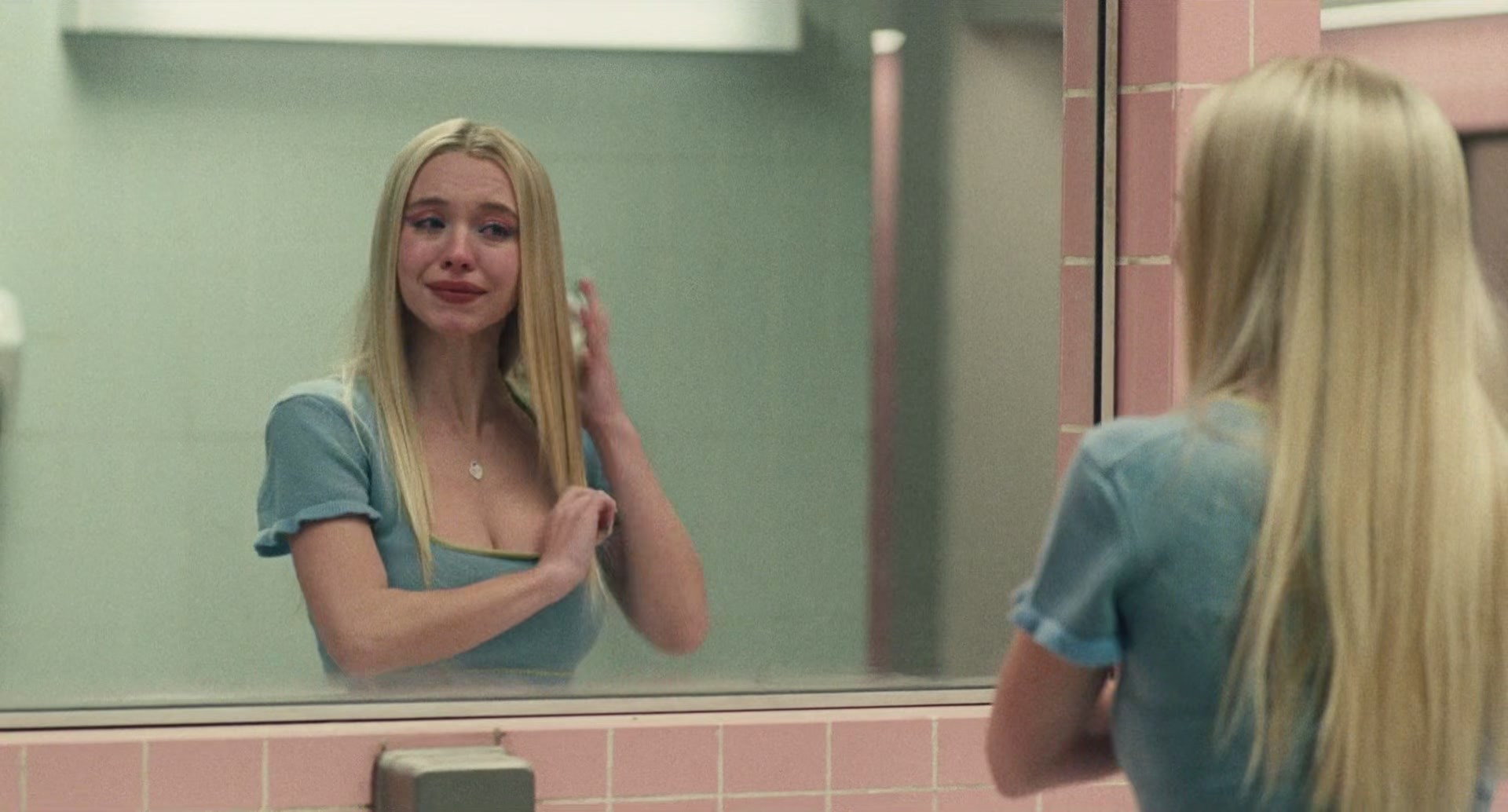
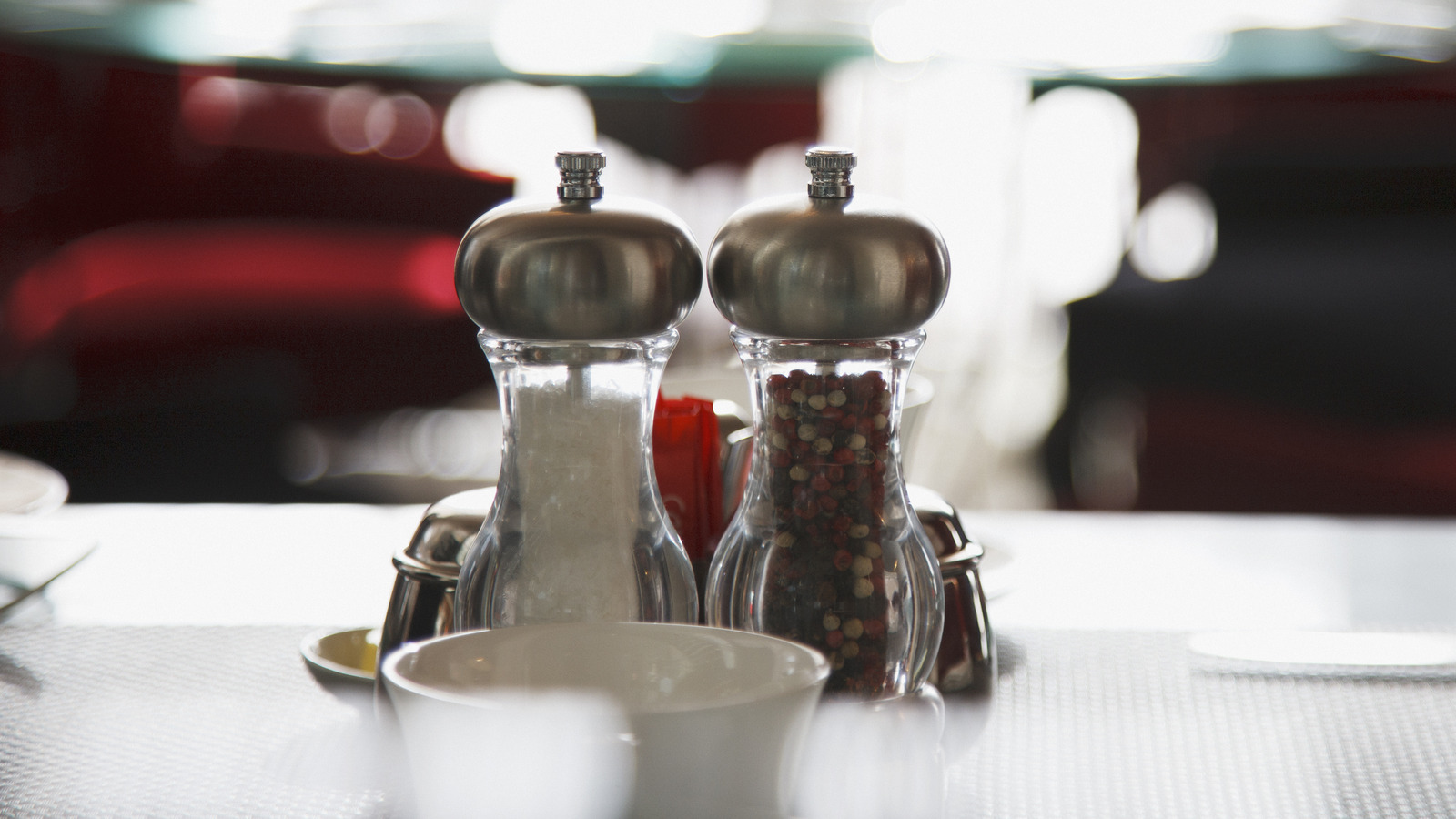
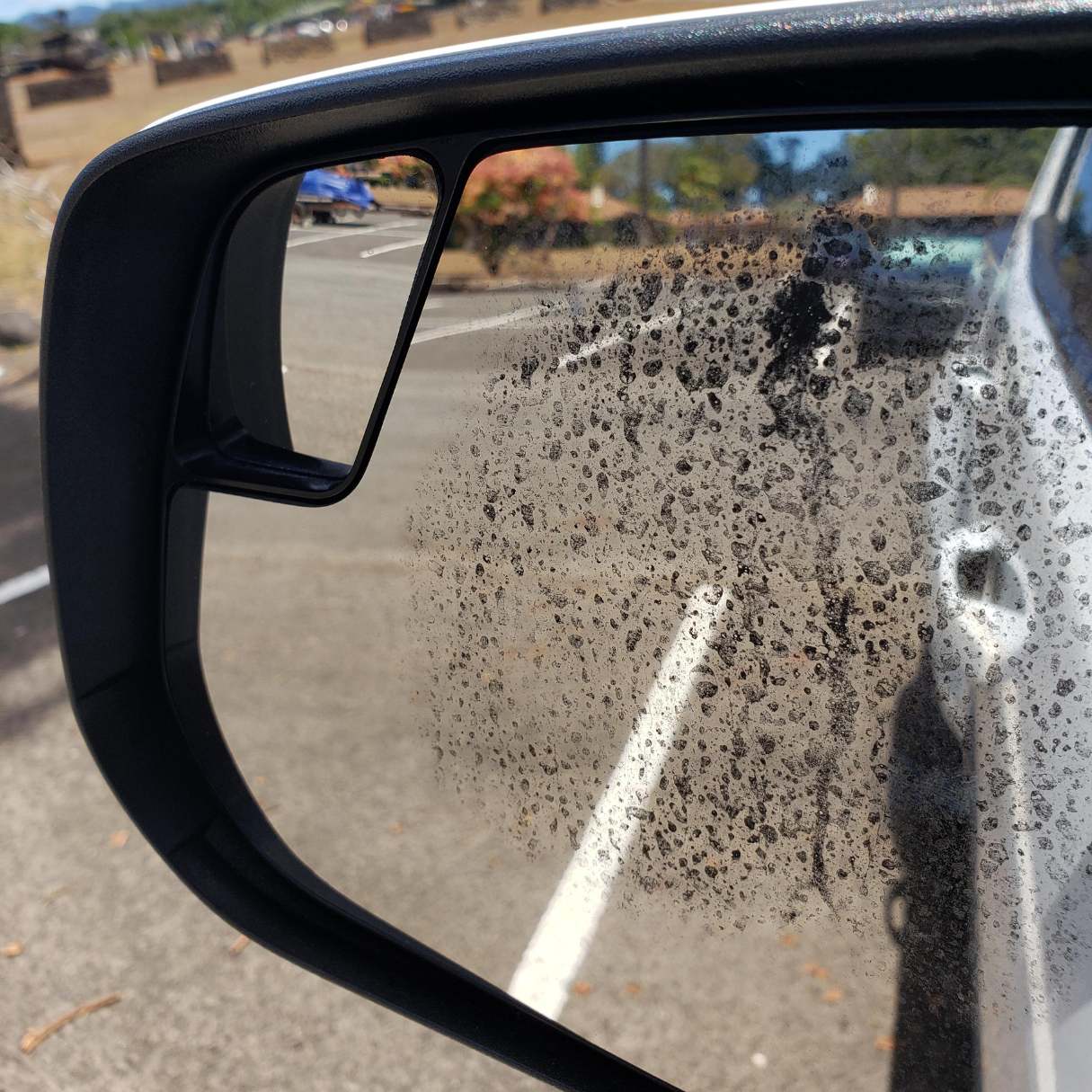



0 thoughts on “Why Do I Look Fat In Some Mirrors”